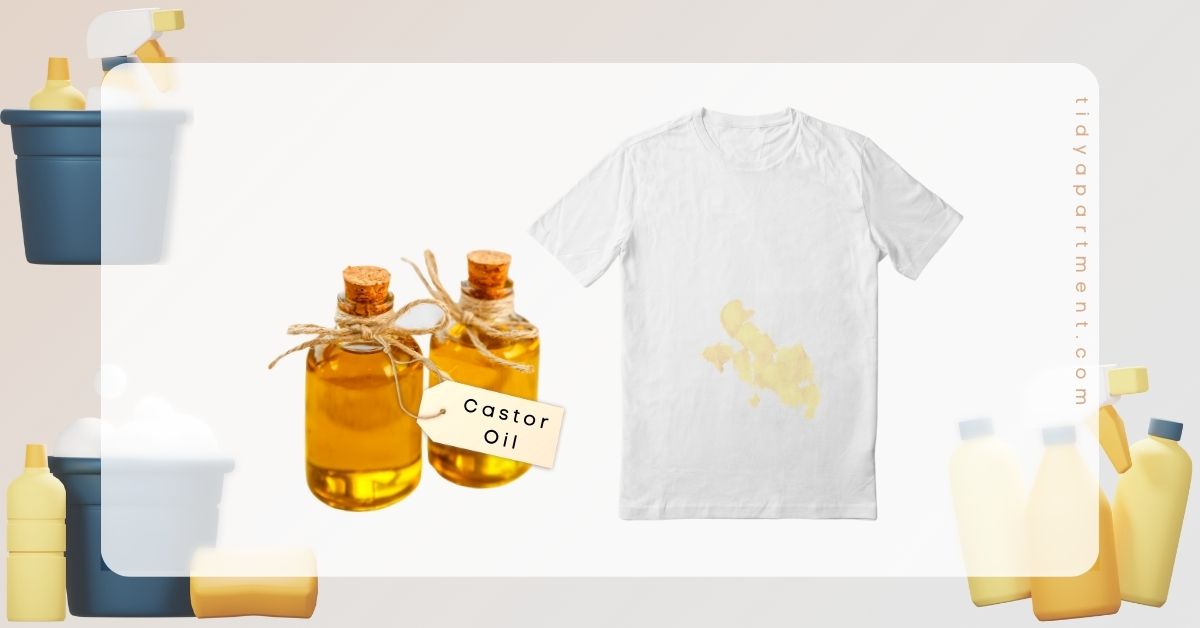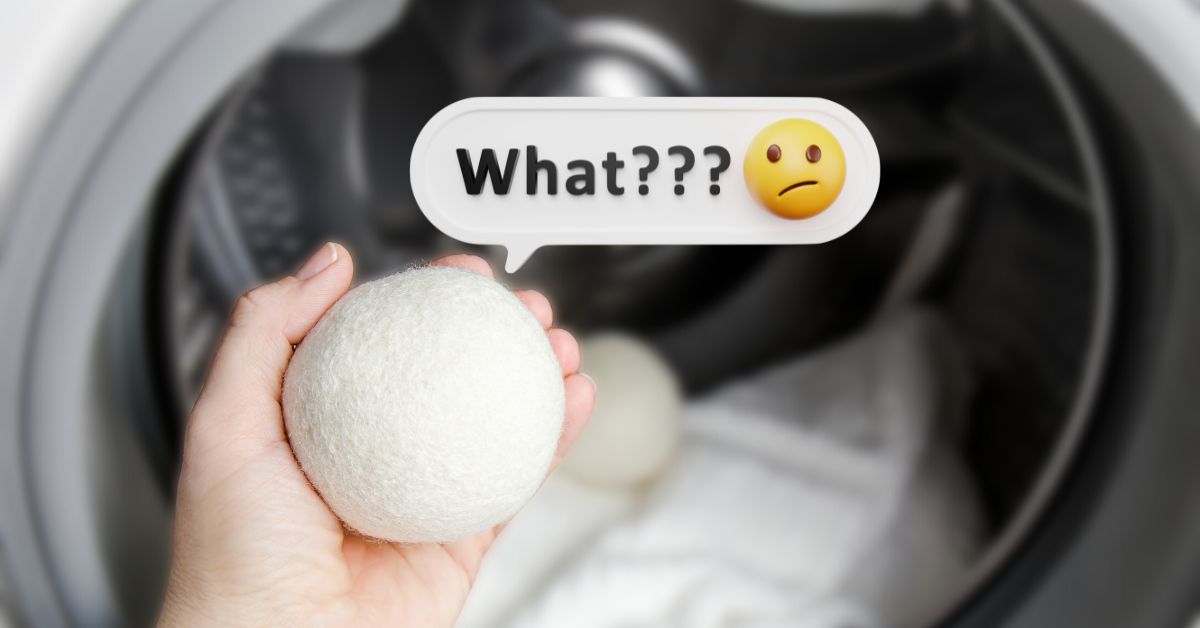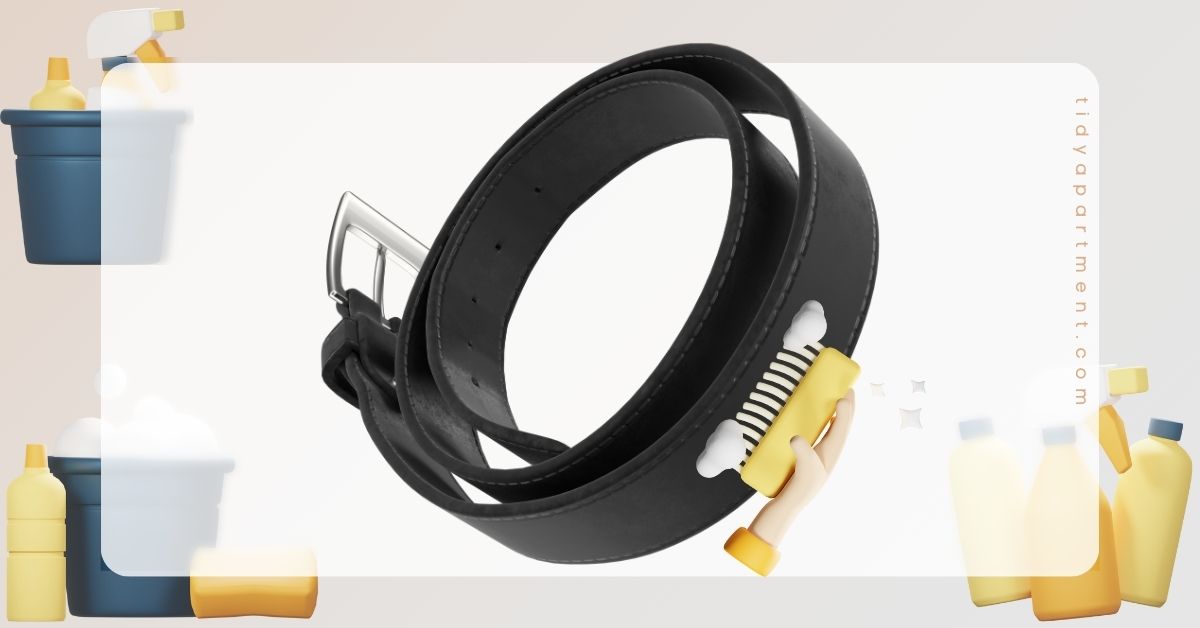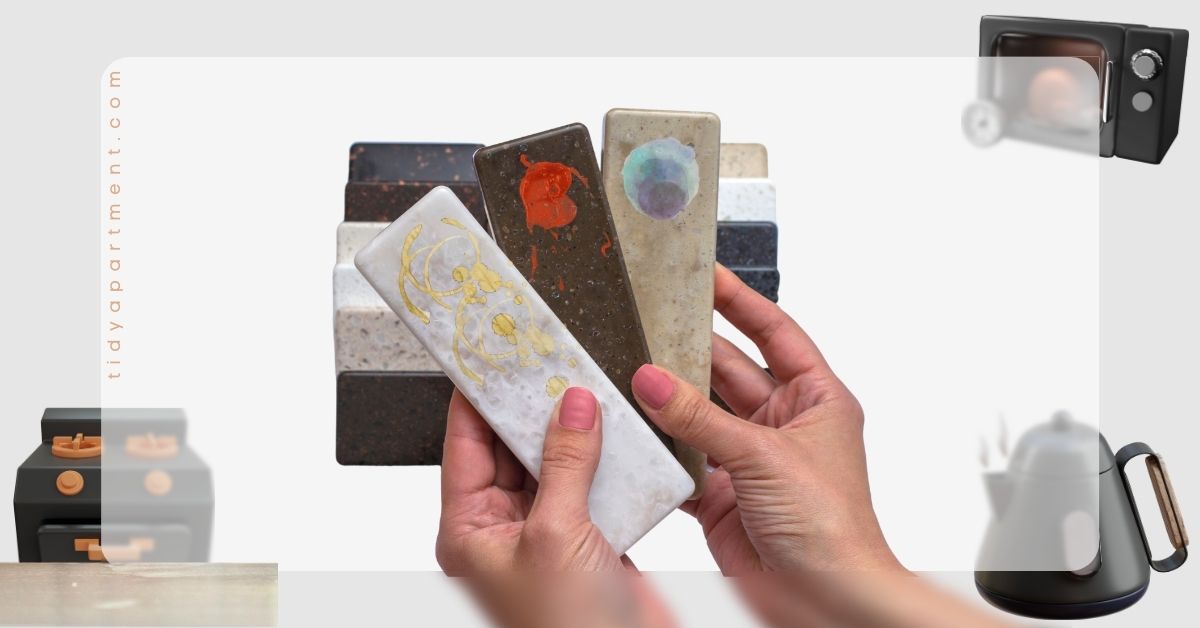We’ve all experienced those moments when castor oil inadvertently finds its way onto our clothes, leaving behind unsightly stains and a greasy residue. Whether it’s from a hair care routine, a skincare routine, or simply while applying on the body, the challenge of removing castor oil from clothes can be frustrating.
The viscous nature of castor oil makes it prone to accidental spills, leaving unsightly stains on our clothes. Worry not if you’ve ever wondered how to get castor oil out of clothes! After trying various ways, we’ve found a way that actually works.
Page Content
Are Castor Oil Stains Permanent?
Castor oil stains can be difficult to remove, but their permanence depends on various factors, such as the type of fabric, the time elapsed since the stain occurred, and the cleaning method employed.
Castor oil stains can be removed entirely from clothes if treated on time. Castor oil stains can become permanent if they are not treated immediately. The oil can penetrate deeply into delicate fabrics, making it challenging to remove the stain completely.
Cleaning Overview




What Will You Need
Supply
- Stain remover
- Baking soda or cornstarch
- Chlorine or oxygen bleach
- Dishwashing soap or laundry detergent (Heavy Duty)
- Dry cleaning solvent
Tools
- Clean cloth or paper towels
- Washing machine
How to Get Castor Oil Out of Clothes?
Step-by-step instructions for getting castor oil out of clothes.
- Act quickly: The sooner you attend to the stain, the easier it will be to remove. Try not to let the stain set or dry.
- Blot the stain: Take a clean cloth or paper towel and blot the stained area gently. Do not rub; rubbing can spread the oil and make the stain larger.
- Absorb the oil: Sprinkle an absorbent material like baking soda or cornstarch onto the stain. Allow it to sit for a few minutes to absorb the oil. Then, brush off the powder.
- Pre-treat the stain: Apply a stain remover directly to the stained area. Gently rub it into the fabric according to the manufacturer’s instructions.
- Use Dishwashing Liquid: If you don’t have a stain remover, apply heavy-duty liquid detergent like dishwashing liquid to the castor oil stain and rub it gently.
- Wash according to the care label: Go through the instructions on the care tag. Handwash or dry clean as per instructions. Avoid washing the stained cloth in the washing machine. If you wish to wash the stained garment in the washing machine, we recommend you wash it separately and not mix it with other loads of laundry.
- Inspect before drying: After washing, inspect the stained area before drying the garment. Repeat the above steps if the stain is still visible, or try an alternative method.
- Alternative methods: If laundering doesn’t remove the stain, apply dry cleaning solvent on the back side of the stained area and rub it gently. Hold the garment over paper towels while you pour and rub the solvent. It prevents the spilling of solvent. Launder the garment again in the washing machine. Add chlorine or oxygen bleach to the washing machine before tossing your garment in the machine.
Additional Methods
| Method | Description |
|---|---|
| Rubbing Alcohol | Dampen a clean cloth with rubbing alcohol and blot the stain gently. Avoid rubbing too vigorously, as it may damage delicate fabrics. Launder the garment as usual. |
| Acetone | Apply a small amount of acetone (nail polish remover) to a clean cloth and blot the stain gently. Rinse with warm water. |
| Enzyme-Based Product | Use an enzyme-based laundry product specifically designed to remove oil-based stains. Apply it to the stain and let it sit for the recommended time before laundering the garment as usual. |
| Vinegar | Mix equal parts vinegar and water. Apply the solution to the stain and gently blot with a clean cloth. Rinse with warm water. Launder the garment as usual. Note: Vinegar may alter the color of some fabrics, so test it on a small area first. |
| Lemon Juice | Squeeze fresh lemon juice onto the stain and let it sit for 10-15 minutes. Rinse with warm water and launder the garment as usual. |
1. Test acetone on a small, hidden area first to ensure it doesn’t damage the fabric.
2. Lemon juice may lighten or bleach certain fabrics, so test it on a small, hidden area first.
Tips and Precautions
- Avoid heat until the stain is completely removed: Heat can set the stain and make it more difficult to remove. Avoid using hot water, ironing, or putting the stained garment in the dryer until the stain has been completely eliminated.
- Testing any cleaning method on a small, inconspicuous area first: Before applying any stain removal solution or method to the stained area, it’s crucial to test it on a small, hidden part of the fabric. This test will help you ensure that the cleaning method doesn’t cause unwanted discoloration or damage to the garment.
- Seeking professional cleaning assistance for valuable or difficult-to-clean garments: If you have a valuable or delicate garment or cannot remove the castor oil stain using home remedies, it may be best to seek professional cleaning assistance. Professional cleaners have the expertise and specialized equipment to handle stubborn stains without causing further damage to the fabric.
Why are Castor Oil Stains Challenging to Remove?
- High Viscosity: Castor oil is a thick and viscous substance, which makes it penetrate deep into the fabric fibers. This characteristic makes it difficult to remove completely with basic cleaning methods.
- Oil-Based Nature: Castor oil is an oil-based substance, and oil stains tend to be stubborn because they repel water. Water-based cleaning methods are often ineffective in removing oil-based stains like castor oil.
- Absorption and Settling: When castor oil comes into contact with clothing, it quickly gets absorbed into the fabric. If not treated promptly, the oil can settle and bind with the fabric fibers, making removing the stain more challenging.
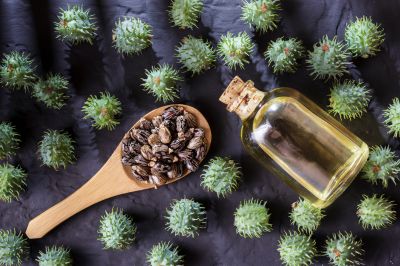
How to Prevent Castor Oil Stains?
To prevent castor oil stains from occurring on your clothes, consider the following preventative measures:
- Wearing protective gear when handling castor oil: When working with castor oil, especially during applications or transfers, you should wear protective clothing such as an apron or old garments that you don’t mind getting stained. Alternatively, you can place a towel or a protective barrier between the oil and your clothing to minimize the risk of direct contact and potential spills.
- Store castor oil properly to prevent leaks or spills: Proper storage of castor oil is crucial in preventing leaks or spills that can lead to stains. Ensure that the cap or lid of the castor oil container is tightly secured to prevent accidental spills or leaks. It’s also a good practice to store the castor oil container upright in a stable location to minimize the chances of it tipping over and causing a spill.
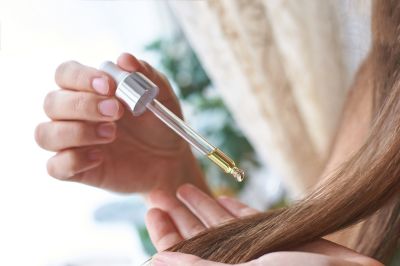
Conclusion
Removing castor oil stains from clothes can be challenging. You must try to remove the castor oil stain as soon as possible; otherwise, it will remain there forever, ruining your garment.
Remember to act quickly, blot off excess oil, and test cleaning methods on a small, inconspicuous area before applying them to the entire stain. Avoid using heat until the stain is fully removed, and consider seeking professional cleaning assistance for valuable or delicate garments.
